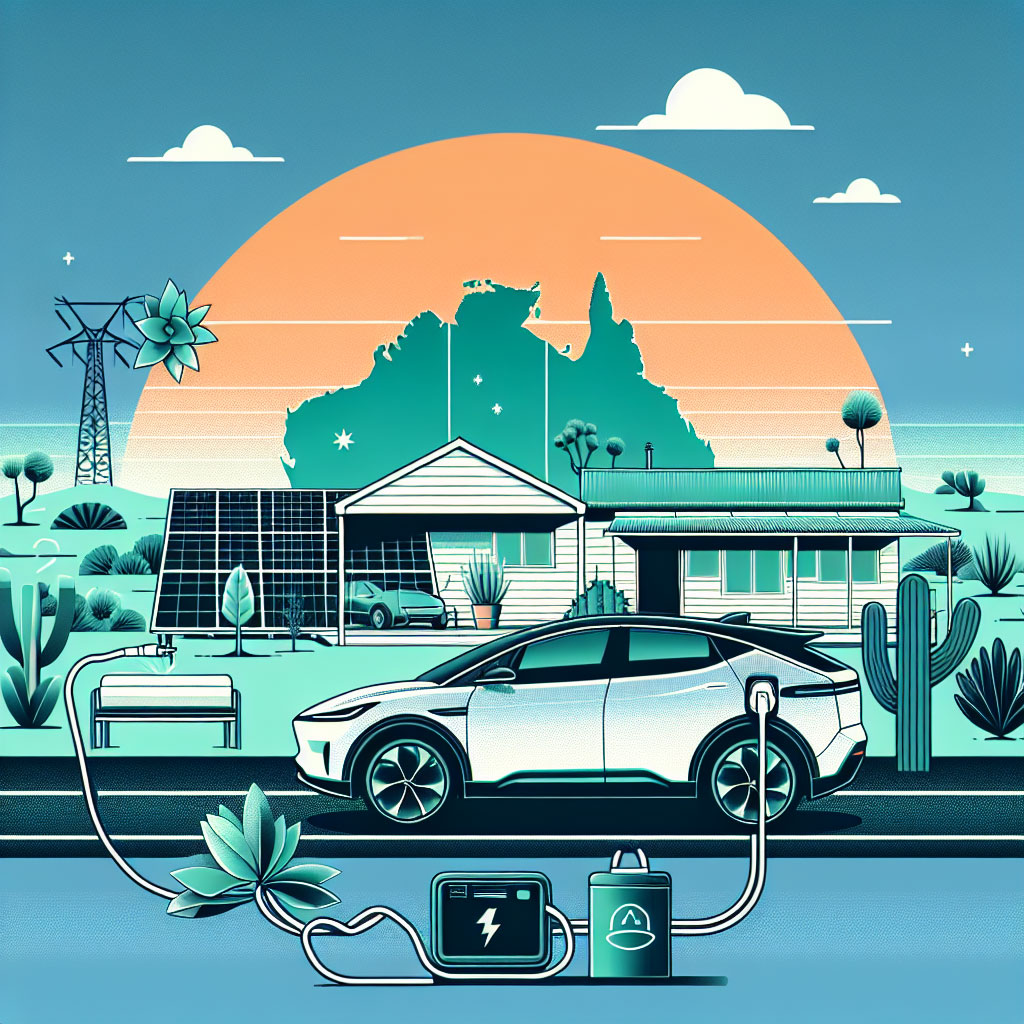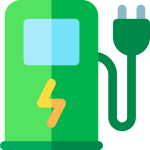
Australia’s shift to electric vehicles (EVs) has moved from niche curiosity to mainstream momentum. Sales have accelerated year‑on‑year, manufacturers are increasingly prioritising the Australian market, and the charging network is expanding. Yet for many prospective buyers the decision remains complicated. Beyond the headline environmental benefits sit practical questions about cost, range, charging, model suitability and the resilience of our electricity system. This piece examines the most pressing issues Australian motorists face today and outlines what’s changing – and what still needs to be done.
The financial calculus: are EVs worth the premium?
Upfront price remains the most visible barrier. New EVs typically carry a higher sticker compared with equivalent internal combustion engine (ICE) models, although this gap has narrowed as mainstream manufacturers offer more competitively priced options and as the used EV market grows.
How quickly the higher purchase price is recouped depends on several variables: annual kilometres, access to off‑peak or solar electricity, state incentives where applicable, servicing savings and the vehicle’s residual value. Novated leases and workplace fleet purchases have become an important channel for uptake thanks to federal concessions such as the Fringe Benefits Tax (FBT) treatment for certain low‑emissions vehicles – but eligibility rules, price caps and other criteria apply, so buyers should check the fine print.
Residual value anxiety and battery replacement costs remain concerns. Most manufacturers now provide lengthy battery warranties – commonly eight years or around 160,000 km, with assurances of a minimum retained capacity (often circa 70 per cent) – and independent data suggests modern batteries are durable. Still, prospective owners should factor conservative resale assumptions into total cost of ownership models and use independent calculators where possible.
Charging infrastructure: is Australia keeping pace?
Public charging has improved markedly in recent years. Major operators such as Chargefox, Evie Networks and Tesla have deployed high‑power chargers on key coastal and interstate corridors, while service stations and shopping centres are installing slow and fast chargers. Yet the distribution is uneven: metropolitan corridors are well served, but regional and remote communities remain patchy.
For many buyers the pressing question is not merely the number of chargers but their reliability, speed and interoperability. Fragmented payment systems and multiple apps nevertheless create friction, though roaming agreements and standardised payment options have started to simplify the user experience. Apartment dwellers and renters face a distinct challenge: access to home or off‑street charging is still limited unless strata schemes and local councils make provisions.
Grid capacity, renewables and smart charging
As EV uptake rises, so too does the demand on the National Electricity Market (NEM). Australia’s electricity landscape is in transition – increasing shares of wind and solar coupled with large‑scale batteries and demand management programs – but rapid electrification places new requirements on distribution networks, particularly in suburbs where many households could charge simultaneously.
The good news is that policy, industry and network operators are planning for this. Time‑of‑use tariffs, smart chargers, load‑management software and vehicle‑to‑grid (V2G) pilot projects are being trialled to shift charging to off‑peak periods and to use EVs as flexible load or storage. V2G remains nascent in commercial terms, held back by regulatory frameworks, standards and business models, but it represents an important opportunity to integrate EVs into a decarbonised grid.
Model availability and the missing ute
A decade ago Australia’s EV choice was limited; now the market is far more diverse. Popular models available locally include mainstream SUVs and hatchbacks from Tesla, BYD, Hyundai, Kia, MG and others. Luxury and premium options from Mercedes‑Benz, BMW, Volvo and Polestar are also more accessible.
One persistent gap is a truly affordable, long‑range electric ute that meets the towing and payload expectations of many Australians. While several manufacturers have announced or tested electric utes overseas, local availability, price points and towing performance that satisfy rural and tradie markets remain the next major milestone. Until a range of rugged, practical electric utes reaches the market and proves reliable under Australian conditions, many buyers will delay switching.
Practical concerns: towing, range and battery life
Towing and heavy loads significantly affect range – a realistic expectation is a 30-50 per cent reduction depending on trailer aerodynamics, speed and terrain. Buyers who tow caravans, boats or trailers must plan journeys around charging opportunities and consider larger battery capacities or dedicated tow‑rated EVs.
Battery longevity is less of an existential worry than it once was. Manufacturer warranties provide a safety net, and battery degradation tends to be gradual. Meanwhile, an emerging market for second‑life battery applications and recycling is developing in Australia, supported by industry initiatives and government attention, which improves the environmental economics of EV ownership.
What buyers should do now
- Run a total cost of ownership comparison (purchase price, fuel/electricity, servicing, incentives, resale).
- If possible, install a home charger and explore time‑of‑use or solar charging options.
- Check publicly available charger maps and consider typical routes before buying, particularly for regional travel.
- For apartment dwellers, engage with strata or landlords early to discuss EV infrastructure.
- If towing is essential, research manufacturer towing capacities and look at real‑world range tests.
Conclusion
Australia’s EV transition is underway and accelerating. Many structural pieces are falling into place – broader model availability, growing charging networks, longer warranties and smarter grid planning – yet challenges remain around upfront cost, equitable charging access for renters, regional charger density and a lack of mass‑market electric utes. For buyers, the decision is increasingly about timing and use‑case rather than feasibility: for most urban drivers, EVs already make strong economic and environmental sense. For others, particularly high‑mileage rural drivers who need towing capability today, waiting for more model choice and a denser regional charging network may be prudent. Public and private investment, clearer policy settings and ongoing innovation in charging and battery technology will be decisive in converting market potential into everyday reality.
Frequently asked questions
Are there government rebates or incentives for buying an EV in Australia?
There is no single national purchase rebate. Federal measures include concessions for certain low‑emission vehicles in workplace arrangements (such as FBT treatments for eligible novated leases). Several states and territories have had incentives like stamp‑duty concessions, registration discounts or point‑of‑sale rebates at various times – but these vary by jurisdiction and are subject to change. Always check your state government’s current offers.
How long do EV batteries last and what warranties apply?
Most manufacturers offer battery warranties commonly around eight years or 160,000 km, guaranteeing a minimum retained capacity (often around 70 per cent). Real‑world data indicates modern lithium‑ion batteries typically degrade slowly, and many retain useful capacity beyond the warranty period.
What does charging an EV cost in Australia?
Home charging is the cheapest option; a full charge can cost from a few dollars up to around $10-$20 depending on battery size and your electricity tariff, with solar often reducing costs substantially. Public fast (DC) chargers are more expensive – prices typically range roughly between $0.40 and $0.70 per kWh at many networks, though rates vary by operator and location.
Can I tow a caravan with an EV?
Yes, many EVs are rated for towing, but towing substantially reduces range – commonly by 30-50 per cent depending on conditions. Prospective buyers should check a vehicle’s certified towing capacity and plan for more frequent charging stops on long trips.
Is EV charging standardised in Australia?
AC home and slow public charging predominantly use the Type 2 connector. For public DC fast charging, the CCS2 standard is dominant. A small number of older or niche models may still use CHAdeMO, but that standard is declining in prevalence. Charger payment systems can still vary by operator, though interoperability is improving.
About EV Evolution
EV Evolution is the leading online platform dedicated to Australian electric vehicle owners and enthusiasts. We foster a vibrant community, delivering essential EV news and insights, and enhancing user engagement through our innovative, AI-powered chatbot for dynamic discussions. Our mission is to empower Australian electric vehicle owners and enthusiasts by fostering a vibrant, AI-driven online community that connects, informs, and advances the nation’s electric vehicle landscape.




